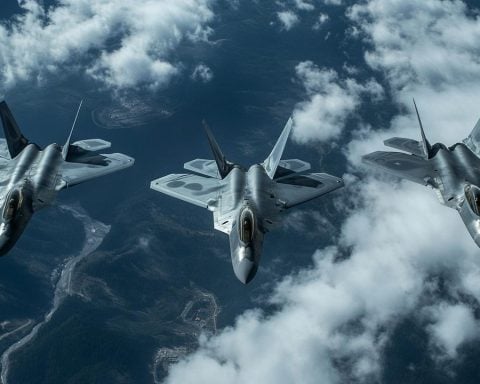For aviation enthusiasts and military experts alike, the question of what remains the fastest military jet ever built sparks intrigue and admiration. The title of the fastest military jet belongs to the legendary Lockheed SR-71 Blackbird, a marvel of engineering that has captivated imaginations since its inception.
Developed in the 1960s by the enigmatic Skunk Works—Lockheed’s advanced development division—the SR-71 was designed with speed and stealth in mind. This aircraft was created during the height of the Cold War, when the need for intelligence gathering was critical, and flying fast was the best defense against hostile threats.
The SR-71 Blackbird holds the official world record for the fastest air-breathing manned aircraft, achieving a top speed of over Mach 3.2. This translates to more than 2,200 miles per hour, faster than a speeding bullet, and unmatched by any other military jet. Its ability to fly at altitudes over 85,000 feet allowed it to outrun surface-to-air missiles, making it a valuable reconnaissance tool.
Although it was retired from service in 1998, the fascination with the SR-71 continues, not only because of its unparalleled speed but also due to its sleek and futuristic design. While advances in drone technology and modern stealth capabilities have taken center stage, the SR-71 Blackbird remains an iconic symbol of a bygone era of aviation innovation, and a testament to human ingenuity in pushing the boundaries of what is possible in military aviation.
Could the SR-71 Blackbird Ever Return to the Skies?
Beyond the allure of its speed, the Lockheed SR-71 Blackbird has left a lasting impact on military strategy and technology. Despite being retired, whispers about a potential successor surface occasionally, pondering whether modern iterations could rival or even surpass its capabilities. The SR-71 was not just a technological triumph; it spearheaded a paradigm shift in reconnaissance methods.
Interesting Fact: Did you know the SR-71 expanded more than a foot in length as its titanium heats up due to the friction of soaring at such vast speeds? This unique capability was essential for its survival at Mach 3.2, aiding in its stealth operations over hostile territories.
Advantages: The aircraft’s speed and high-altitude performance enabled quick, undetectable intelligence gathering, which was crucial during tense Cold War moments. Its design inspired future developments in aerodynamics and materials science.
Disadvantages: Despite its prowess, the SR-71 was a costly machine to maintain. The jet’s operational expenses and the advent of satellite technology eventually led to its retirement. Moreover, it required a specialized team and infrastructure, complicating its deployment in fast-moving scenarios.
Controversy: Some argue that the reliance on advanced technology in Cold War espionage heightened tensions unnecessarily. As the SR-71 flew missions over potentially hostile nations, it opened debates on the ethical implications of surveillance without consent.
As flight enthusiasts eagerly await possible new-speed record contenders, the SR-71’s legacy is firmly etched in history. For more exploration into aviation marvels, visit Lockheed Martin and NASA for further insights.





















